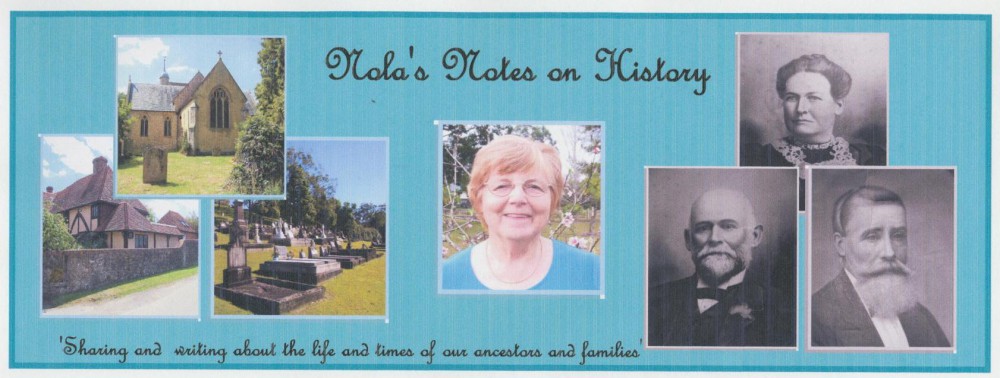A family heirloom on our children’s paternal side of the family is a World War I Memorial Plaque, but is more popularly known as a ‘Dead Man’s Penny’. It is in memory of James Joseph Stapleton who was killed in action on the Somme on 1 September 1918.

This Photograph is Copyright-Nola Mackey
These Memorial Plaques were issued after World War I to the next of kin of all British and Empire soldiers, sailors and airmen who were killed or died of wounds during the war.
In 1919 the British Government held a design competition for the proposed plaque. There were over eight hundred designs submitted. The winner was Edward Carter Preston a renowned sculptor and medalist for a prize of £250.
These plaques were made of bronze and about five inches or 120 mm in diameter.
The medal design was only on the front and is an image of Britannia holding a trident and standing with a lion. In Britannia’s outstretched left hand is an oak wreath. At the bottom of the plaque is another lion tearing apart the German eagle symbolizing Britain’s superiority on land. Dolphins swim around Britannia symbolizing sea power.
A rectangular tablet to the right of Britannia is where the deceased’s full name is inscribed. No rank is included as all gave the same sacrifice- their life. Around the edge of the plaque in capital letters reads: “HE/SHE DIED FOR FREEDOM AND HONOUR.”
The initial plaques were made at Acton in London, but later, manufacture was shifted to the Royal Arsenal at Woolwich. On the back of this plaque is “WA”(the A being formed by a bar between the upward strokes of the “W” ), which indicates it was made at Woolwich.
These plaques were issued with a commemorative scroll from King George V.
On receipt of the scroll and plaque the next of kin were required to officially acknowledge by letter and form. These can be found within the service personel records at the Australian Archives.
From the 18th Century the British ‘penny’ was made of copper and a ‘Britannia’ design featured on the face of the coin. It is described as- “Britannia seated facing right, wearing a helmet, holding a trident in her left hand and her right hand resting on a shield with the words ‘one penny’ in the field and date below.” This design with few variations remained as the face of the British penny from c 1780 to 1967.
During World War I the soldiers used these coins as ‘Two-up’ Pennies and even today many surviving sets come out on “Anzac Day”. This is the only day ‘Two-up’ is legally sanctioned.
Due to the similarity in design of the Memorial Plaque and the British penny the Memorial plaque became known colloquially as “The Dead Man’s Penny”.
See also
posted 21 April 2013 at World War I Family Heroes – The Stapleton Boys
posted 13 October 2014 at Australian World War I Battlefields Tour – Family Heroes J J Stapleton and R E Sherwood – Mont St Quentin
posted 13 October 2014 at Australian World War I Battlefields Tour – Family Heroes J J Stapleton and R E Sherwood – Peronne

